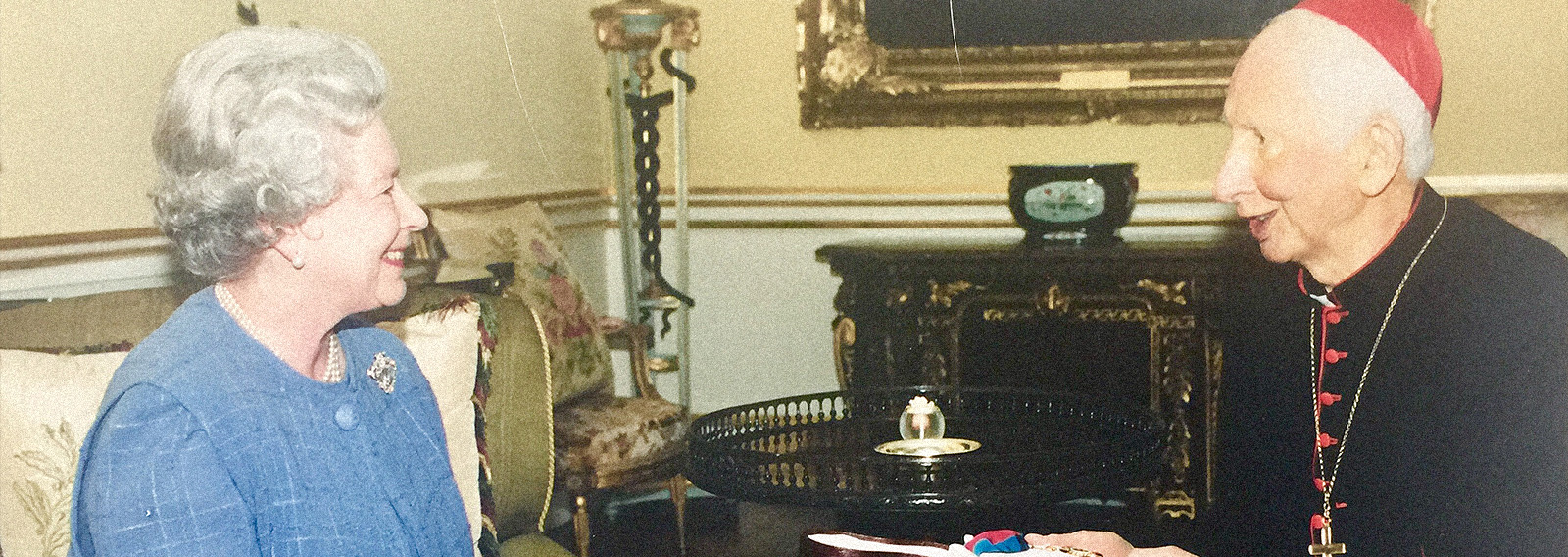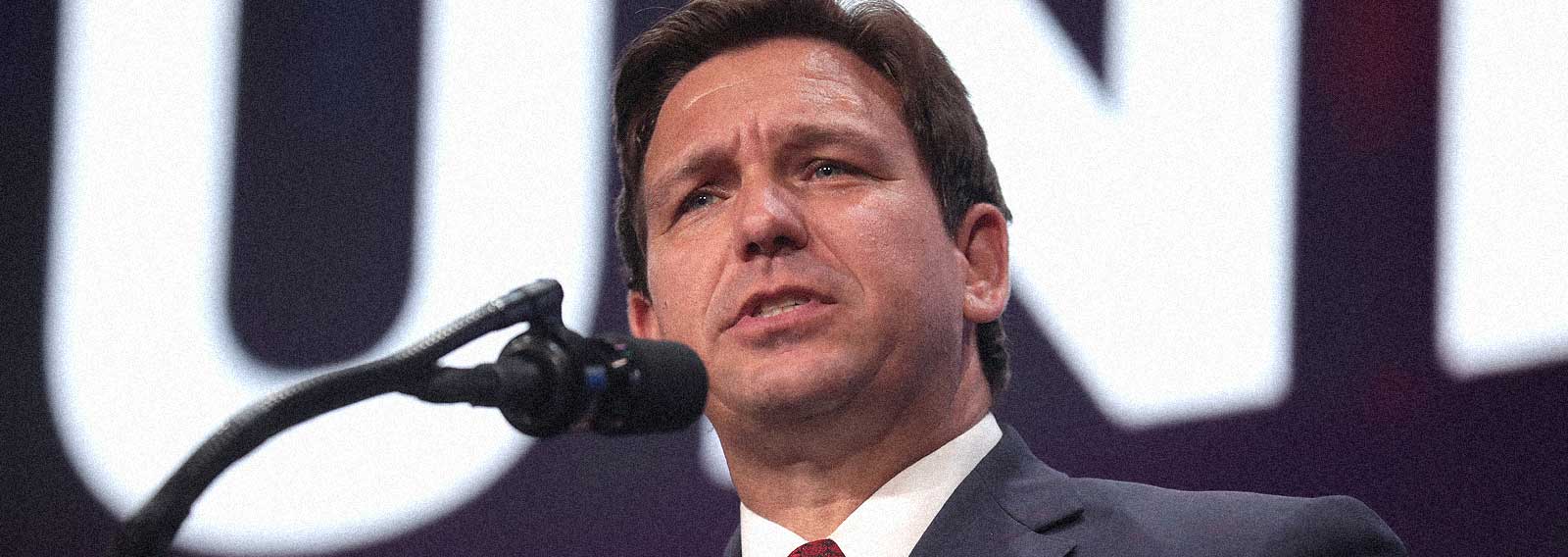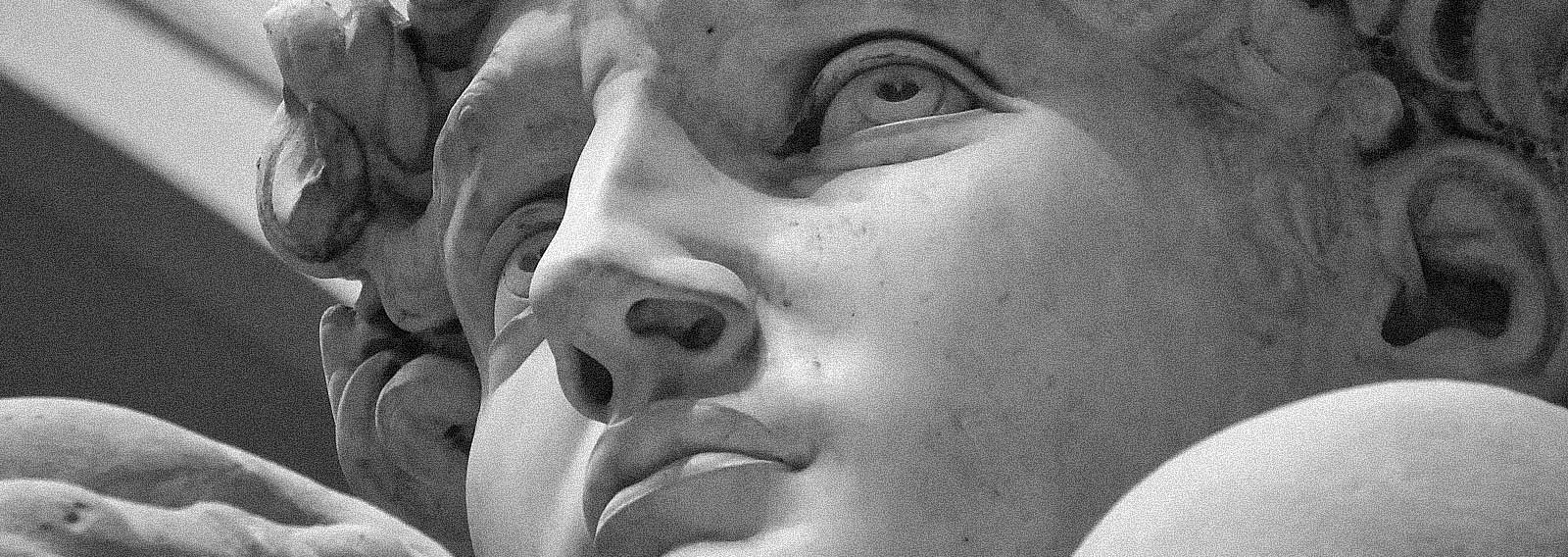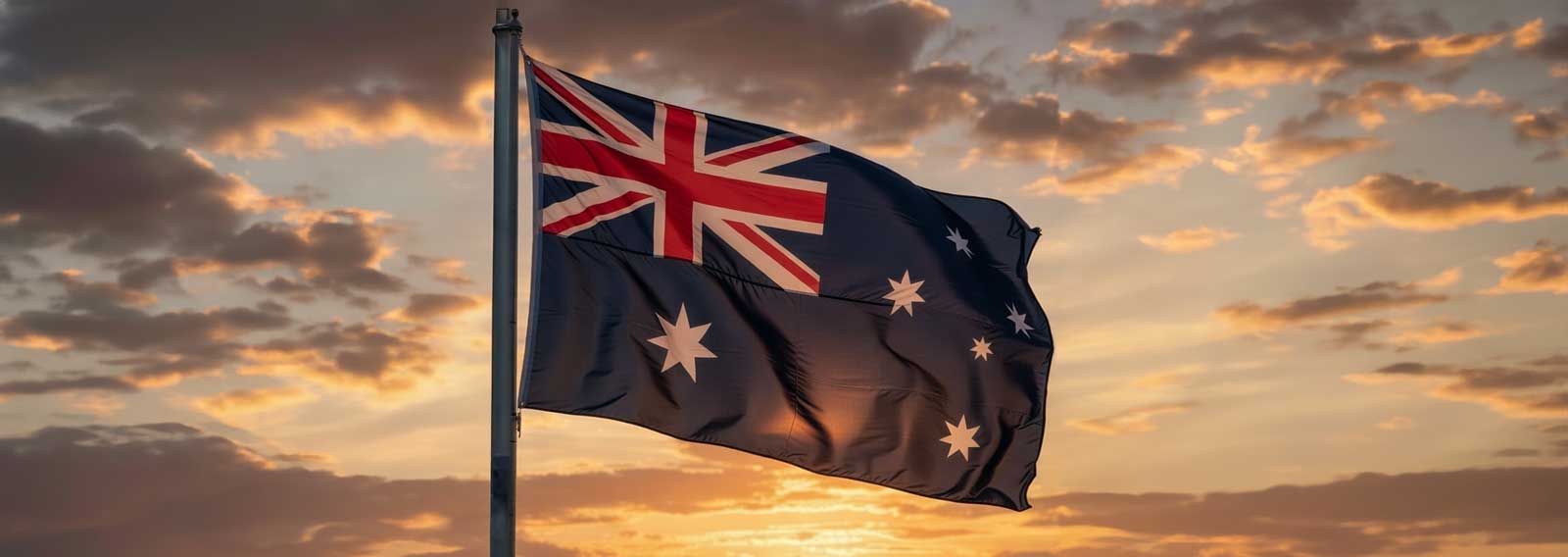‘God save the Queen’. For anyone aged 70 and below, this is the only monarchical phrase we have known. And it is no more.
With two male monarchs lined up to follow King Charles III, these four words are unlikely to be used with reference to a reigning monarch for decades to come. Truly, it is the end of an era – and what an era it has been.
Like thousands of others, I had the opportunity to meet with Her Majesty on several occasions, and each time in a very different role.
I first got to be in her presence whilst still a student in the 1980s. I had mastered (and since lost) the art of “silver service”, the practice of serving any and every item of food merely with a spoon and fork. I raced through the ranks and swiftly found myself regularly serving Her Majesty at different functions. My role was always to be unseen. Her role was to see everything – including me, her literal humble and obedient servant.
Although engaged constantly in conversation with one of her neighbouring diners (to do otherwise would have been rude), she had so mastered the art of acquiescence such that she could smile and acknowledge the service given to her with a twinkling glint of deep gratitude in her eye whilst continuing to be wholly attentive to another person. Often, many of the noble and proud at yet another London banquet saw only themselves, their primary focus being upon those who ranked socially above them. Her Majesty had no one to impress. She saw everyone and appreciated everything, all of the time.
The second occasion our paths crossed was in the library at Windsor Castle on the occasion of her Golden Jubilee in 2002. I was directing Public Affairs for the Catholic Archbishop of Westminster. Along with my Anglican counterpart from Lambeth Palace, we had been appointed to oversee the Media aspects of a unique ecumenical declaration which Her Majesty had signed along with Christian leaders from across the United Kingdom to commemorate her fifty years on the throne. Amidst global pageantry and celebration, this quiet gesture, removed from the glare of television cameras, seemed paramount in Her Majesty’s heart.
Her Christian faith remained constant. Although eyes were always on her as Queen, her eyes were on Christ as King. She was playing her part in uniting Christian leaders within the temporal kingdom assigned to her, in the hope that God’s united kingdom would come upon the earth. The Servant Queen – sometimes attending up to 400 official engagements a year, and being patron of over 600 charities – sought actively to see fulfilled Christ’s words in Scripture, ‘I pray that they will all be one, just as you and I are one.’ (Gospel of John 17:21).
To some, the signing of an ecumenical declaration may have seemed insignificant. However, Her Majesty The Queen was the first monarch in 500 years to attempt to unite Christian factions since the bloodied, pain-filled Reformation that still ripples today in pockets of British society and across the Commonwealth. Whatever a person’s religious or non-religious belief, or Christian affiliation, she took seriously the goal of uniting the lives of those around her.
She was the first British monarch since that great divide to offer to a Catholic bishop the Order of Merit, the personal gift of the Sovereign. This honour was the Queen’s own choice, awarded without ministerial advice to individuals of exceptional distinction and restricted to a maximum of 24 living recipients from the Commonwealth realms. In this case, its recipient was Cardinal George Basil Hume, Archbishop of Westminster, about whom she spoke affectionately as “my Cardinal” in June 1999. Never before had such intimate words been uttered from the mouth of the Head of the Church of England in reference to a leading Catholic prelate.
Soon after Hume’s death, an invitation was swiftly extended by Her Majesty to his successor, Cardinal Cormac Murphy-O’Connor, not only to be a guest at her Sandringham estate but to also preach at Matins. This was building spiritual bridges by the monarchy unlike anything previously achieved in the previous five centuries.
The third occasion we met was in the grounds of Buckingham Palace, admittedly amidst throngs of other guests at one of her infamous Royal Garden Parties. As a long-serving trustee of the British and Foreign Bible Society, I was honoured to represent this centuries-old organisation on the grounds of the monarch’s chief residence surrounded by a throng of charities and their leaders.
On even brief mention to her of the word ‘Bible’, her face became radiant, as though light had increased in her world. In the midst of her duties, she appeared to be drawn back again to the source of her purpose and values and reminded of the source of, and the reason behind, her existence: God Himself.
Her Majesty’s weekly church visits and her faith in Christ was never more evident than in her Christmas addresses. In the Queen’s Christmas Message of 2014, she said: “For me, the life of Jesus Christ, the Prince of Peace, whose birth we celebrate today, is an inspiration and an anchor in my life. A role model of reconciliation and forgiveness, he stretched out his hands in love, acceptance and healing. Christ’s example has taught me to seek to respect and value all people of whatever faith or none.” (The book The Servant Queen And The King She Serves contains a foreword written by Her Majesty, and includes personal thoughts on her Christian faith.)
Her Majesty, a stalwart of service the likes of which our world might never see again, with that ever-present glint of gratitude in her eye, with a sense of humour that confidently drew in James Bond and Paddington Bear, with a confidence to proclaim her belief and her trust beyond her realm to a merciful, forgiving and ever-loving God, deserves like few others to hear the voice of God speak upon her as she enters His united kingdom, “well done, good and faithful servant.”






















